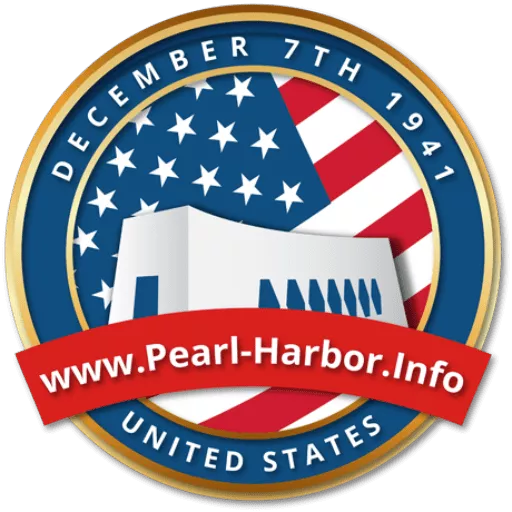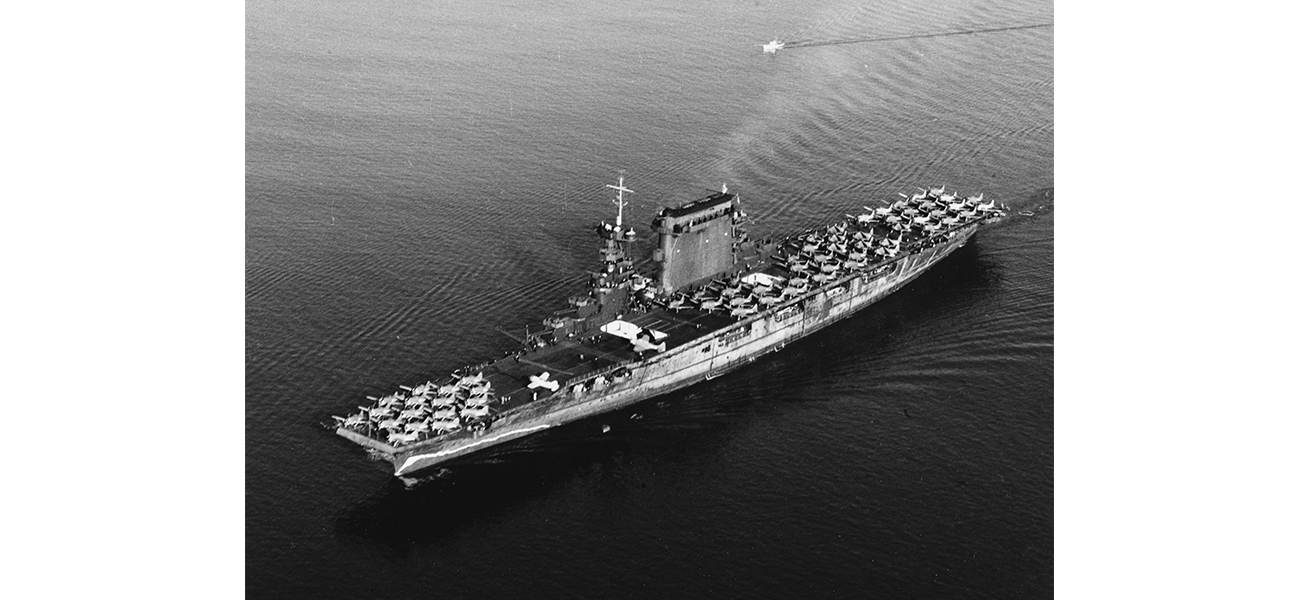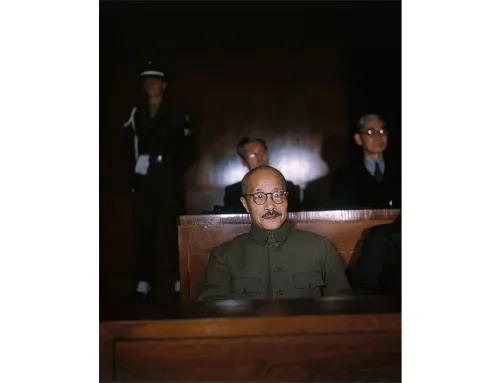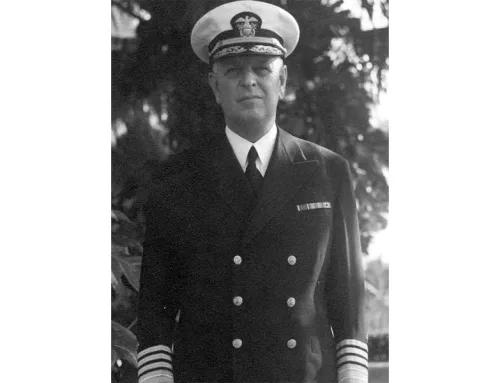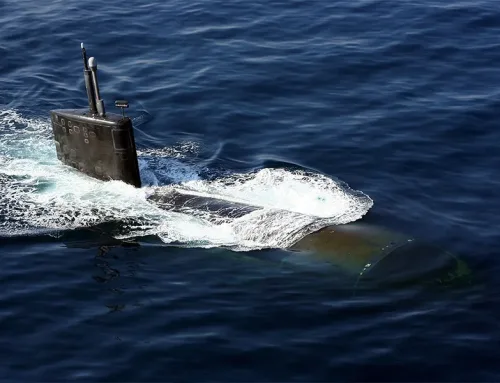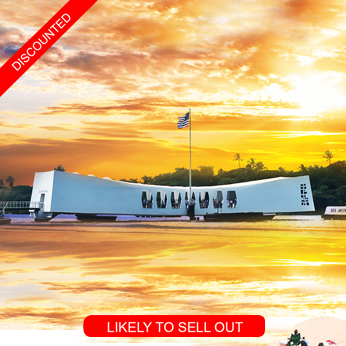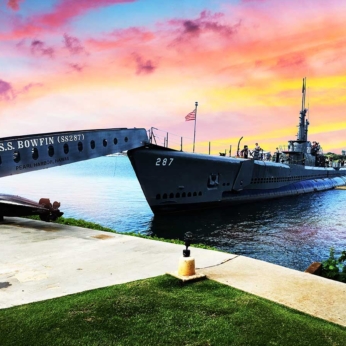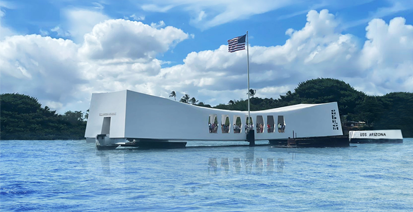Absent by Fate: USS Lexington and Pearl Harbor
Naval History & Heritage Command, Public domain, via Wikimedia CommonsNaval History & Heritage Command, Public domain, via Wikimedia Commons
Pearl Harbor and the USS Lexington are two names etched into World War II history annals. While Pearl Harbor is infamously remembered for the devastating surprise attack by the Japanese on December 7, 1941, the USS Lexington holds a different kind of significance. Known as “Lady Lex,” this aircraft carrier played a crucial role in the Pacific Theater. Interestingly, fate kept Lexington away from Pearl Harbor on that fateful day, setting the stage for a different series of historical events.
The USS Lexington (CV-2)
USS Lexington, the lead ship of her class, was commissioned on December 14, 1927. This vessel was originally designed as a battlecruiser then she was converted into one of the U.S. Navy’s first aircraft carriers following the Washington Naval Treaty. Lexington was a formidable force at sea with a displacement of 33,000 tons and the ability to carry over 70 aircraft. Her capabilities included a top speed of 33 knots and a range of 10,000 nautical miles, making her a pivotal asset in naval aviation.
Why USS Lexington Was Not at Pearl Harbor
On that infamous day, the USS Lexington was not at Pearl Harbor. Instead, she was on a mission to deliver aircraft to Midway Atoll. This mission had been planned well before the attack, and it inadvertently spared Lexington from the devastation that befell Pearl Harbor. Fate had a different plan for Lexington and her crew.
USS Lexington’s Mission to Midway
The mission to Midway was crucial. Midway Atoll was a strategic point in the Pacific, and reinforcing its defenses was a priority for the U.S. Navy. Lexington’s task was to deliver a squadron of Marine Corps dive bombers to bolster Midway’s air capabilities. This mission, though seemingly routine, had significant implications for the upcoming battles in the Pacific.
Consequences of Lexington’s Absence
The absence of the USS Lexington during the Pearl Harbor attack had both immediate and long-term consequences. In the immediate aftermath, Lexington’s survival meant that the U.S. still had a potent carrier available for operations in the Pacific. Long-term, her absence allowed Lexington to play a vital role in subsequent battles, contributing to the eventual American victory in the Pacific Theater.
USS Lexington’s Role in the Pacific Theater
Throughout World War II, the USS Lexington was a cornerstone of the American naval strategy in the Pacific. She participated in numerous operations, including the early raids on Japanese-held islands and providing air support for ground operations. Her ability to launch and recover aircraft made her an invaluable asset in projecting American air power across the vast expanse of the Pacific.
The Battle of the Coral Sea
One of USS Lexington’s most significant engagements was the Battle of the Coral Sea in May 1942. This battle was the first naval engagement in history where aircraft carriers fought without sighting each other. Lexington, along with the USS Yorktown, faced off against the Japanese carriers Shōkaku and Zuikaku. The battle was a tactical draw, but a strategic victory for the Allies, as it thwarted Japan’s plans to invade Port Moresby, New Guinea.
The Sinking of the USS Lexington
The Battle of the Coral Sea came at a high cost. On May 8, 1942, during the battle’s climax, the USS Lexington was struck by multiple torpedoes and bombs. Despite valiant efforts to save her, uncontrollable fires and explosions forced the crew to abandon the ship. Lexington sank, but her crew’s bravery and the ship’s legacy lived on, marking her place in history.
Hypothetical Scenarios
What if the USS Lexington had been at Pearl Harbor? The possibilities are intriguing. Lexington’s presence might have provided additional air defense against the Japanese attackers, potentially mitigating the damage. Alternatively, she could have been another casualty, altering the course of the Pacific War. These hypotheticals underscore the role of fate in history, highlighting how one ship’s absence could change the trajectory of a war.
The tale of the USS Lexington and her absence from Pearl Harbor is a testament to the unpredictable nature of history. While Pearl Harbor was a day of infamy, Lexington’s survival allowed her to play a pivotal role in the Pacific Theater, contributing significantly to the Allied victory. The interplay of fate, strategy, and bravery in her story offers a rich narrative that continues to inspire and educate.
Most Popular Oahu Tours
Best Pearl Harbor Tours

The following tours are recognized as the most popular Pearl Harbor Tours on Oahu. While generally, our price is the lowest in the market now, for a limited time, they are on sale too. Please be advised that Pearl Harbor tickets and USS Arizona Memorial tickets are included in all of our Arizona Memorial Tours, Pearl Harbor small group tours, and private Pearl Harbor tours.
